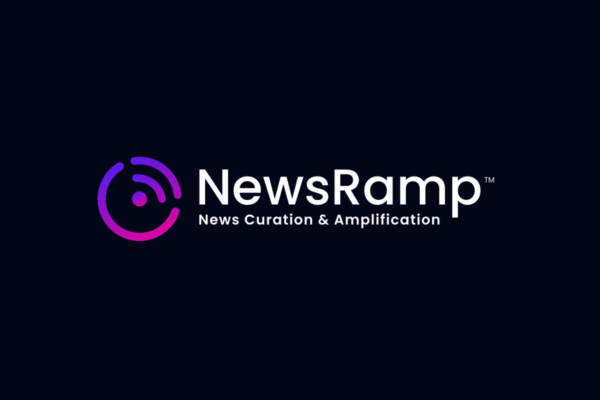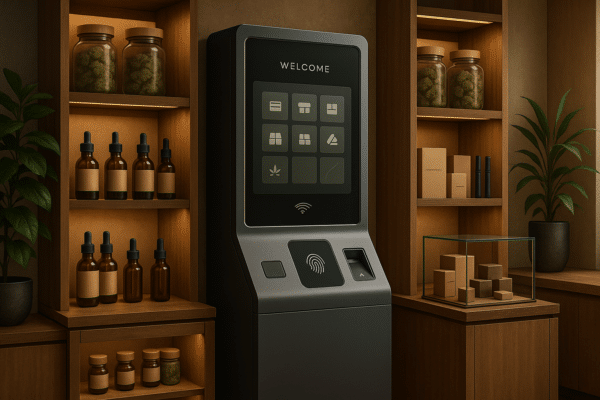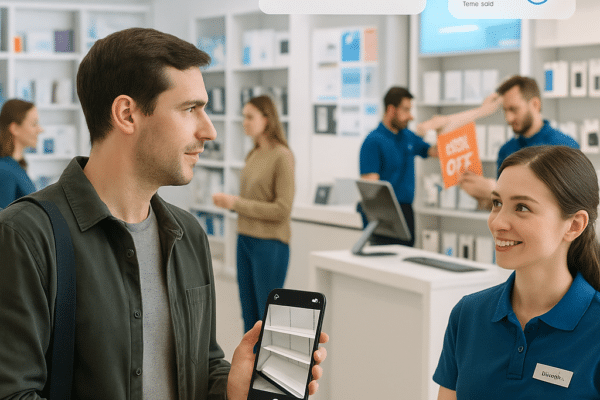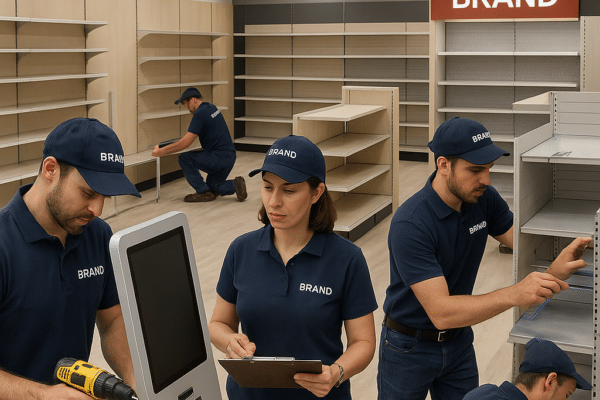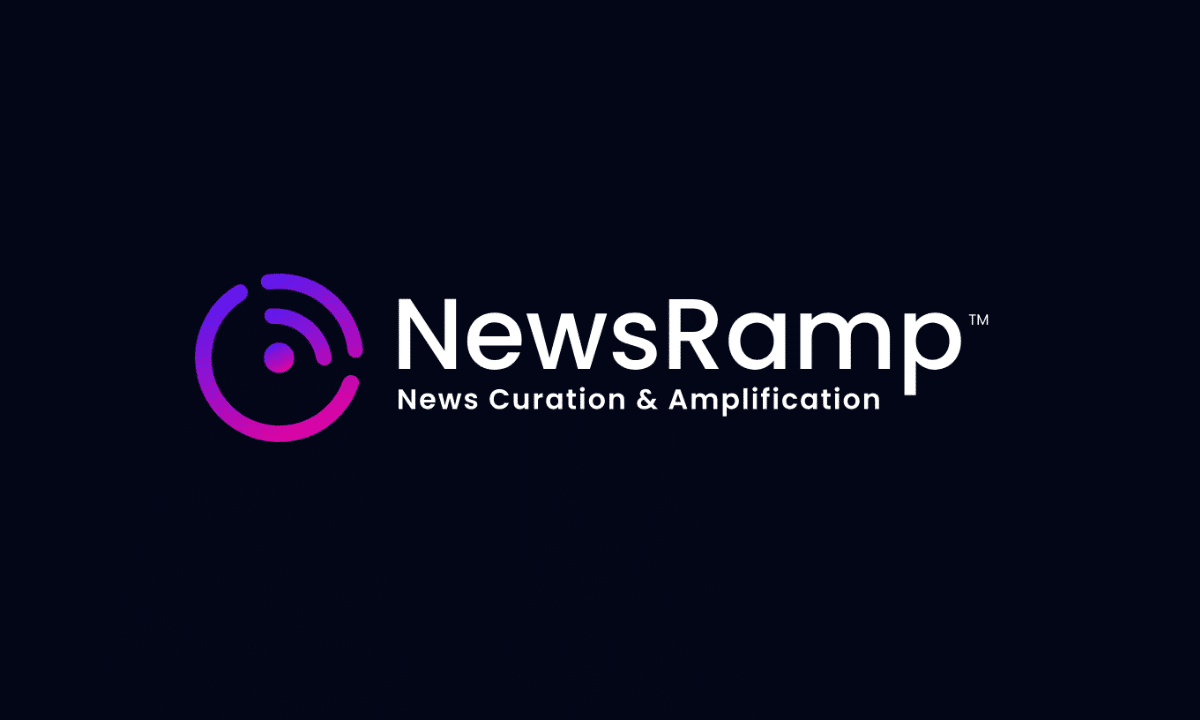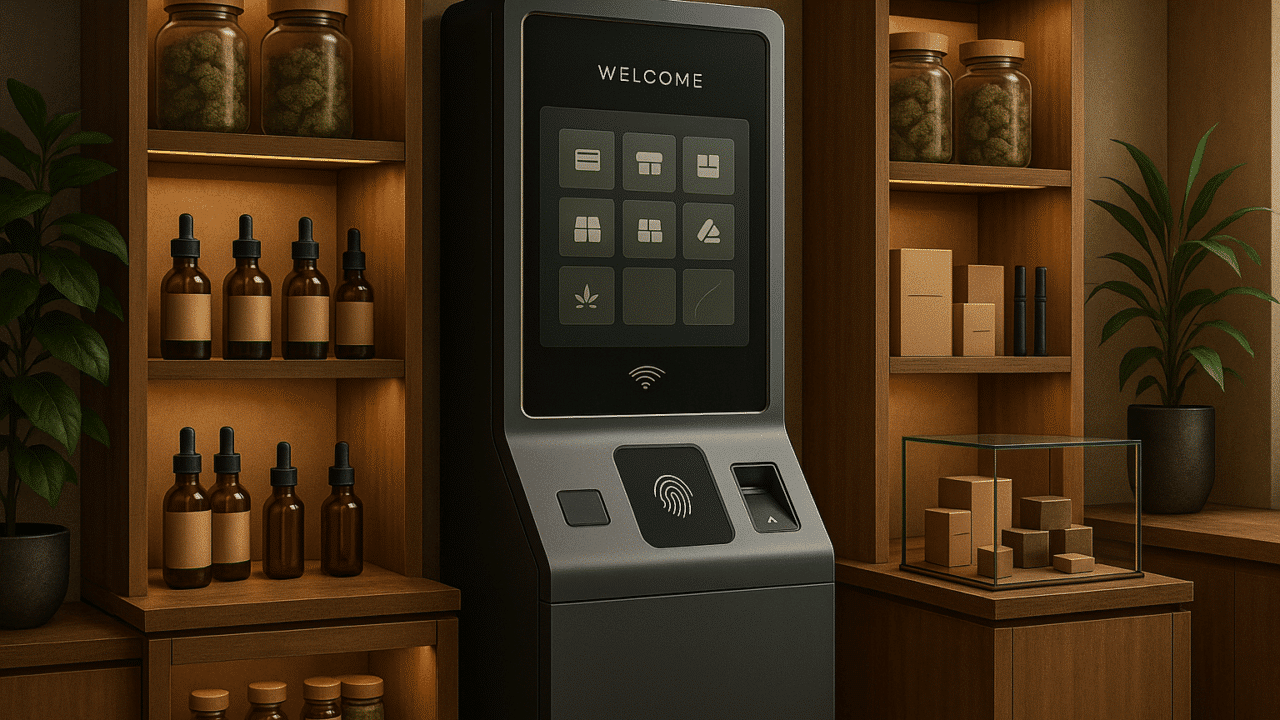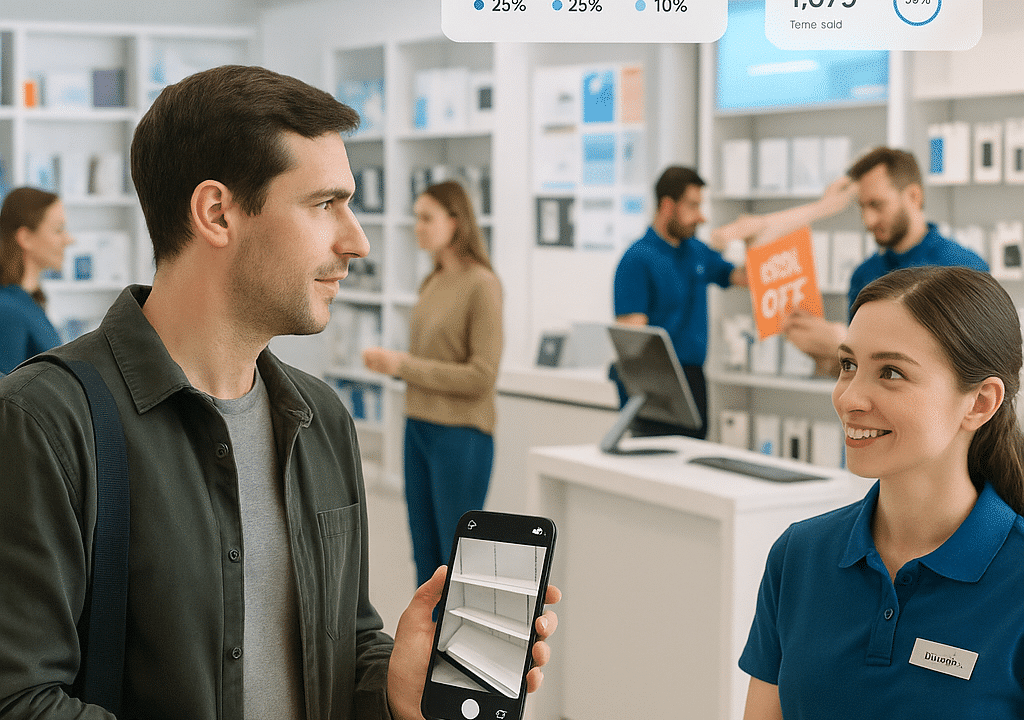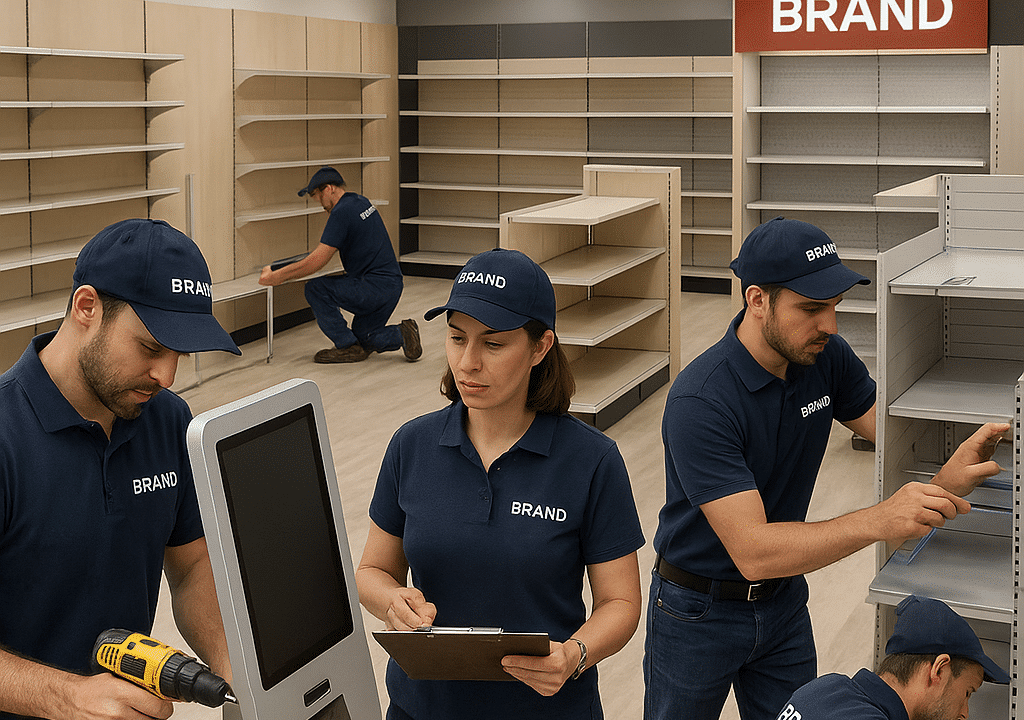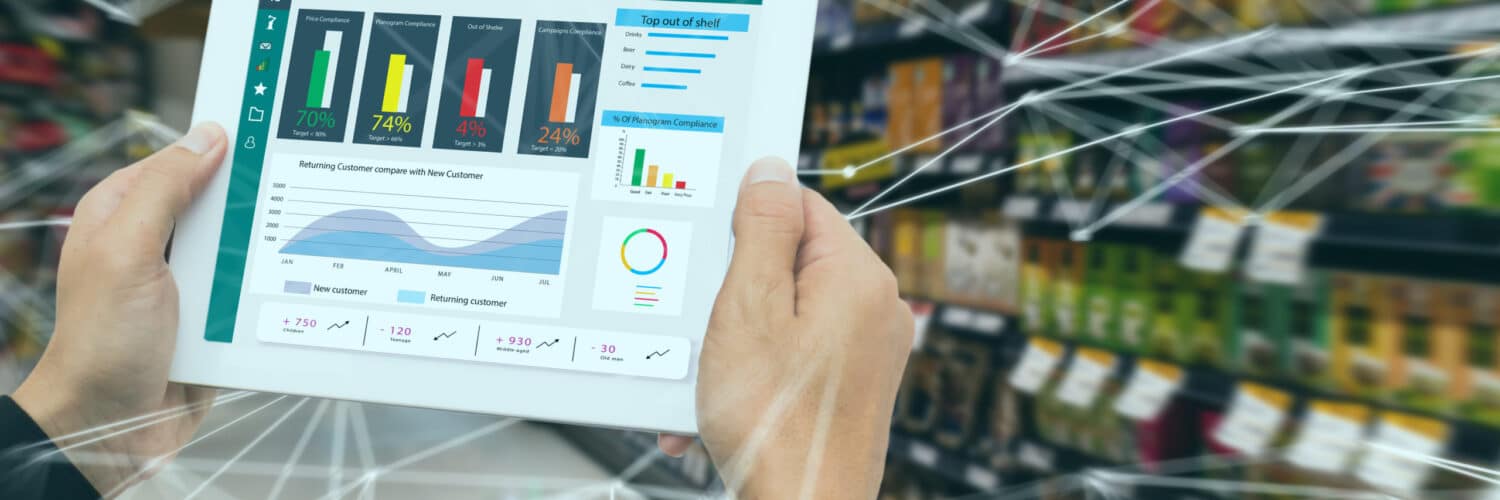
Planograms And Why They Are So Important To The Retail Process.
In retail, the customer experience determines everything. If it’s positive, you’ll generate sales and repeat business. If it’s negative, you can kiss those unsatisfied customers goodbye for what is probably quite some time.
In brick-and-mortar retail, a major component of the customer experience is the physical space people come to shop. The layout of a store is key to customer satisfaction. A good store layout makes it easy to find items; more enjoyable to explore stores; and offers up new options that shoppers may not have considered but are very happy to discover.
To create the most effective store layout possible, retailers rely on planograms.
What is a planogram?
A planogram, often called a POG, is a precise and detailed schematic of a store’s layout that takes into account every product, aisle, display, endcap, store department, POS display, you name it. The primary purpose of a planogram is to guide retailers in creating an optimized selling environment – one that ensures the most popular items and profitable products are given their due prominence in order to maximize sales and profit. More specifically, planograms are used to map out the route a customer will take from the moment they enter a store. The goal is to ensure the journey is a convenient and compelling one that leads to the maximum number of conversions.
Why are planograms important?
Planograms are a measurable and adaptable method of turning empty space into an optimized revenue generator. After all, without the right merchandising strategy, a retail store is nothing more than an abundance of square footage. It’s how you use that space to position and promote products that turns it into a viable and profitable retail environment. This is the balance a planogram seeks to strike – how do you most effectively use the space you have to optimize sales performance.
Retail sales benefits of planograms
Planograms drive sales by making sure the right products are in the right places and positioned in the right ways. Essentially, retailers are given both a bird’s-eye view as well as an up-close impression of each department, aisles, display, and product. This makes it possible to not only see how customers might navigate the stores, but also take an active role in guiding the shopping journey.
For instance, you’ll likely position those high-profit items in high-traffic areas that cannot be missed by consumers. You might place certain products in the back of the store in order to force shoppers to pass complimentary products along the way – a nice method of increasing impulse purchases. On shelves, popular items usually go at eye-level, while those in less demand are closer to the floor. Then, of course, there’s the art of complimentary merchandising – making sure related products are positioned next to each other so purchases can feed off each other.
Ultimately, a planogram helps you identify and fortify the highest-converting locations and product combinations within your retail environment. Do it right and you will see the sales results.
Space benefits of planograms
Retail space is expensive. It’s also limited. If you’re running a brick-and-mortar store, you have a given amount of square footage to work with and there’s not much you can do beyond it. Because new planogram technology helps retailers experience their stores digitally, it makes it far easier for them to see the entire picture and take action to maximize space. This is particularly beneficial for retailers selling a large volume and variety of products. Sometimes the biggest challenge of visual merchandising for these retailers extends beyond where to put best-selling products. It comes down to finding ways to fit a large number of products into a limited space effectively.
Planograms help by mapping out the space to make sure there is a place for every category and every item. They give retailers the ability to develop an optimal strategy for maximizing square footage, which also helps them stay organized, provide a consistent experience to customers, and control inventory more effectively.
Scalability benefits of today’s planograms
Say you’re a retailer with a number of different locations. Chances are the configuration of your many stores, while not exactly the same, are quite similar. In the days when planograms were done manually, you would still have to go through the arduous process of planograming around these differences. You’d need to draft a different planogram for each location. Today, however, thanks to automation things work very differently. Now planograms are done using advanced software that makes the process incredibly fast, easy, effective and adaptable. With a few mouse clicks, planograms can be adapted to work across multiple locations, accounting for every little nuance in each retail space. In fact, even when retail spaces are dramatically different, today’s automated planograms streamline the process doing in minutes what once might have taken days.
Visibility benefits of planograms
Planograms do more than just help brands and retailers plan out their stores. They also measure the effectiveness of those programs. Planograms allow you to see what products are moving; what areas of the store are successful and which ones are struggling. They help identify areas of opportunity so that they can be capitalized on to the fullest extent. They also identify areas of weakness giving brands and retailers the chance to adapt, make improvements, switch out products, do whatever it takes to remedy sluggish sales or underperforming merchandise. Today’s automated planograms make the store planning process fluid and this gives retailers the ability to continually make moves necessary to optimize their sales environments.
Planograms and digital data
We’ve already talked about how today’s planograms are automated. But there’s more to this digital equation that just planogram software. These days brands and retailers are using digital retail technology to gain previously impossible to achieve insight into their stores, customers, pricing, traffic patterns and many other key aspects of retail sales.
We asked Eduardo Santaella of The Revenue Optimization Companies (T-ROC), a leading provider of digital solutions to Fortune 100 brands and retailers about the role digital data is playing in retail management and merchandising.
“Data is king,” says Santaella, ”and it’s being gathered in exciting new ways that give our customers never-before-seen visibility into their retail operations. Our mobile solutions now allow retail field teams to document the condition of stores and displays in real-time to determine things like whether or not products are properly presented and priced; is inventory actually on the shelves or in the backroom; is signage compliance; is the store clean, and a whole lot more. Then there are new customer engagement tools like VIBA, our new Virtual Interactive Brand Ambassador, that add an entirely new twist to the shopping experience whether in stores, online or on a mobile device.”
The point is data and digital technologies are changing the game in retail and they must be considered top priorities when planning any retail environment or sales channel. Automated planograms are just one aspect of success in the new age of retail, one that is only going to pick up speed as new technologies are introduced. What is quite certain is that digital solutions are driving the next generation of retail and planning for that is as important as any planogram.
Your retail business and planograms.
So now what? How do begin implementing an effective planogram program to drive your retail sales? There are a few ways to go.
1. Hire a Planogrammer
There are specialists out there who live and breathe creating planograms. However, depending on the scope of your business and that individual’s experience and expertise, bringing one on to your team can be costly. Many smaller companies trust planogram responsibilities to their visual merchandising team, but this is usually not ideal in terms of performance and is done more as a matter of cost.
2. DIY Planograms
These range from the old pencil and paper method of drawing things out to a number of planogram templates that can be sourced on the internet and downloaded rather affordably. However, it’s important to note that you’re on your own when it comes to getting things right with DIY planograms. If you’re not quite comfortable with that idea, this is probably not the best way to go.
3. Planogram Software
There is an abundance of planogram software available on the market today. Usually, the amount you pay depends on the features you require, but again, you’re somewhat on your own with this approach.
4. Consult with a Retail Management Partner
A retail management partner is often the right solution for brands and retailers looking to leverage technology and expertise without having to front a large investment. Beyond support with planograms, the right retail management partner can help drive performance across operations and sales channels, including inventory, customer engagement, visual merchandising, retail staffing, technology solutions and much more. For many brands and retailers, partnering with the right retail management company more than pays for itself in ROI because it provides perspectives and resources (including proprietary technologies) that simply can’t be gained by going it alone.
If you’re a brand or retailer interested in learning more about retail management and operations – from planograms and store design to staffing and the latest advancements in retail technology – explore the services of The Revenue Optimization Companies (T-TOC), a leading provider of people and technology solutions to Fortune 100 companies. Learn more at www.trocglobal.com.
If you found this post interesting and insightful, we invite you to explore additional posts covering all things retail at https://trocglobal.com/company/#blog.
TROC is the leading provider of premier staffing outsource, software, managed technology services, and consumer insights for the top global brands, retailers, manufacturers, service providers, and distributors. The company’s distinctive solutions address the entire lifecycle of brick and mortar brand and retail operations by combining retail expertise, best practices, and technology to help its customers achieve sales and operational excellence as well as a sustainable competitive advantage. As a Retail 4.0 thought leader, T-ROC enables companies with high-value products in the physical world to thrive through the digitalization of the physical shopping experience. To learn more about T-ROC, visit www.trocglobal.com.

